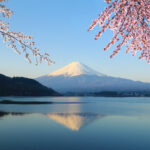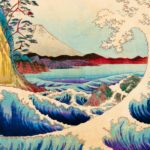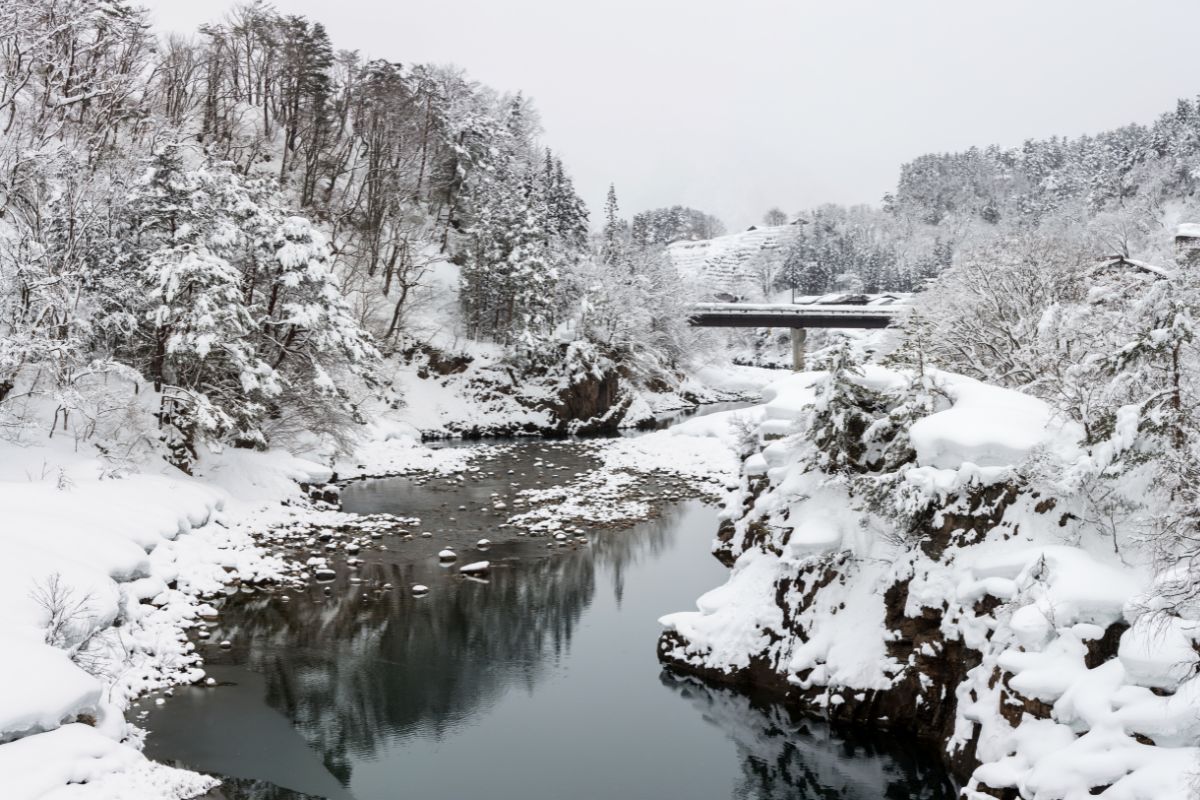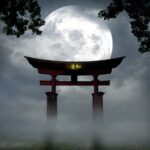The Yokote Kamakura Festival involves building snow huts and praying to water gods. It is a festival that celebrates everything that is comforting about the cold and has a history that extends back about 450 years.

There are so many fascinating little details that make up the wonder of this small winter festival. If you are the sort of person who loves everything snow, the Kamakura festival is a great place to visit.
In this article, we will look at the history of the Yokote Kamakura Festival, its origins, traditions, and why it is celebrated.
Why Is Yokote Kamakura Festival Celebrated?
The Yokote Kamakura Festival is celebrated by locals as a means to ensure that the seasons ahead produce generous crops and ample water to help sustain the community.
It is also celebrated as a way to pray for continued success and safety of everyone in the community.
Origins
Festivals or rituals that are similar to the Yokote Kamakura Festival have existed since the Heian period (794 – 1185), they are often referred to as ceremonial tondoyaki.
Ceremonial tondoyaki involves building and lighting bonfires made from the decorations of last December’s New Year’s Celebrations.
Mochi was often cooked over the flames and when eaten, it would bring good luck for the new year ahead.
This tondoyaki ceremony is what is thought to have birthed the Yokote Kamakura Festival.
The snow domes, called Kamakura, that are a defining characteristic of this festival were originally built by villagers in a bid to defy the Shinto Water God Suijin (see also ‘120 Shinto Gods, Goddesses, And Spirits‘) and pray for an abundance of water in the following seasons.
The festival was also used as an opportunity to pray for bountiful harvests and safety for everyone in the community.
It is this meaning that still sits at the heart of the festival today.
Although practices have changed a little bit over the four hundred years since it began, the Yokote Kamakura Festival is still thought to bring a good year ahead with plenty of crops and water to help sustain life.
Traditions
Although the Yokote Kamakura Festival has been celebrated for over four hundred years, there are certain traditions that have been passed down and remained at the forefront of celebrations since the beginning.
Below we will look at some of the key traditions that make this festival so special.
Kamakura

One of the most obvious aspects of the Yokote Kamakura Festival is the Kamakura.
Kamakura are structures made of ice and snow that resemble an igloo. Originally, these ice huts were made with flat, wooden roofs, now-a-days, they are completely made of ice and have a more rounded, dome-like appearance.
The average full-sized Kamakura stand at three meters high and four meters wide, meaning that they are big enough to comfortably fit small groups of people inside.
In addition to the full-sized Kamakura, there are often smaller versions of the igloo-like structures that are only just big enough to hold a candle inside.
These smaller Kamakura commonly line the rivers and paths of Yokote during the festival and create a beautiful sea of light during the evening time.
Altar
Far from simply being empty snow domes, the Kamakura feature a very special snow structure within them.
A shrine and altar are also made from the snow. It is this altar and shrine that is the most important part of the Kamakura.
The altar serves as the place where locals and tourists can pray to the water gods to ask them to provide bountiful crops and an abundance of water for the community.
Food
The Yokote Kamakura Festival wouldn’t be complete without the involvement of food in some way.
During the festival, food plays an integral role in proceedings and features as heavily as the Kamakura.
During the Yokote Kamakura Festival the local children will sit inside the full-sized Kamakura and beckon passers by inside.
Once inside, the children will offer their guests fresh mochi and amazake which is a sweet, very low alcohol beverage, both of which do a great job at warming hands and souls. In return for the hospitality of the children, visitors will leave offerings for the water god on the altar.
Kamakurakan Hall
If you are unable to visit during the Yokote Kamakura Festival you are still able to view and experience the inside of a Kamakura.
Next to the city hall, there is a place known as the Kamakurakan hall. Inside this hall, a small number of Kamakuras are preserved at a temperature of five degrees Fahrenheit.
Not far from the Kamakurakan hall you can find food stalls that serve dishes that are associated with the Yokote Kamakura Festival, there will also be other snow sculptures that have been preserved from the festival.
All of this provides more of a lively atmosphere rather than one resembling a museum.
Although the hall is unable to quite match the atmosphere and festivities of the Yokote Kamakura Festival, it is still a great way to gain a deeper understanding of what this ceremony involves and what it is all about.
Other Activities
Even though the main festivities take place after dusk and throughout the evening, there are plenty of things to do during the day at Yokote Kamakura Festival.
So, even if you are just passing through, you can still join in with some of the activities of the festival.
One of the most interactive activities available to take part in during the daytime is making your own Kamakura.
You will be guided by locals who can help you to build your own ice dome, complete with carved shrine and altar.
This can be a great way to fully immerse yourself in the festival and gain an understanding of just how important the ceremony is.
Another dynamic, daytime activity that occurs during the Yokote Kamakura Festival is the Bonden Ceremony that takes place at the Asahiokayama shrine.
The Bonden Ceremony is steeped in over three hundred years of tradition and involves large, five meter long wooden poles being carried through the town. When they reach the altar they will be given as offerings to the gods.
In addition to these activities there are also plenty of snow sculptures created by locals that can be seen as you walk around the town.
The creativity and detail of some of the local sculptures is incredible and needs to be seen to be fully appreciated.
There is also a large snow slide that can be used by locals and tourists, although you may need some amazake or mochi to warm you up afterwards.
Final Thoughts
The Yokote Kamakura Festival is steeped in centuries of history (see also our article on Early Japanese History) and tradition. Its ceremony and origins hold a very sacred place in the hearts of locals and tourists that have visited.
The festival and its celebrations are designed to bring luck to the community as a whole and the individuals within it, helping them to continue to be successful and safe.
- 16 Best Websites To Watch Japanese Movies With English Subtitles - May 11, 2023
- Is ZIPAIR The Best Airline For Traveling To Japan? - May 11, 2023
- Ryu Murakami Vs Haruki Murakami – Which One Should You Read? - May 11, 2023








